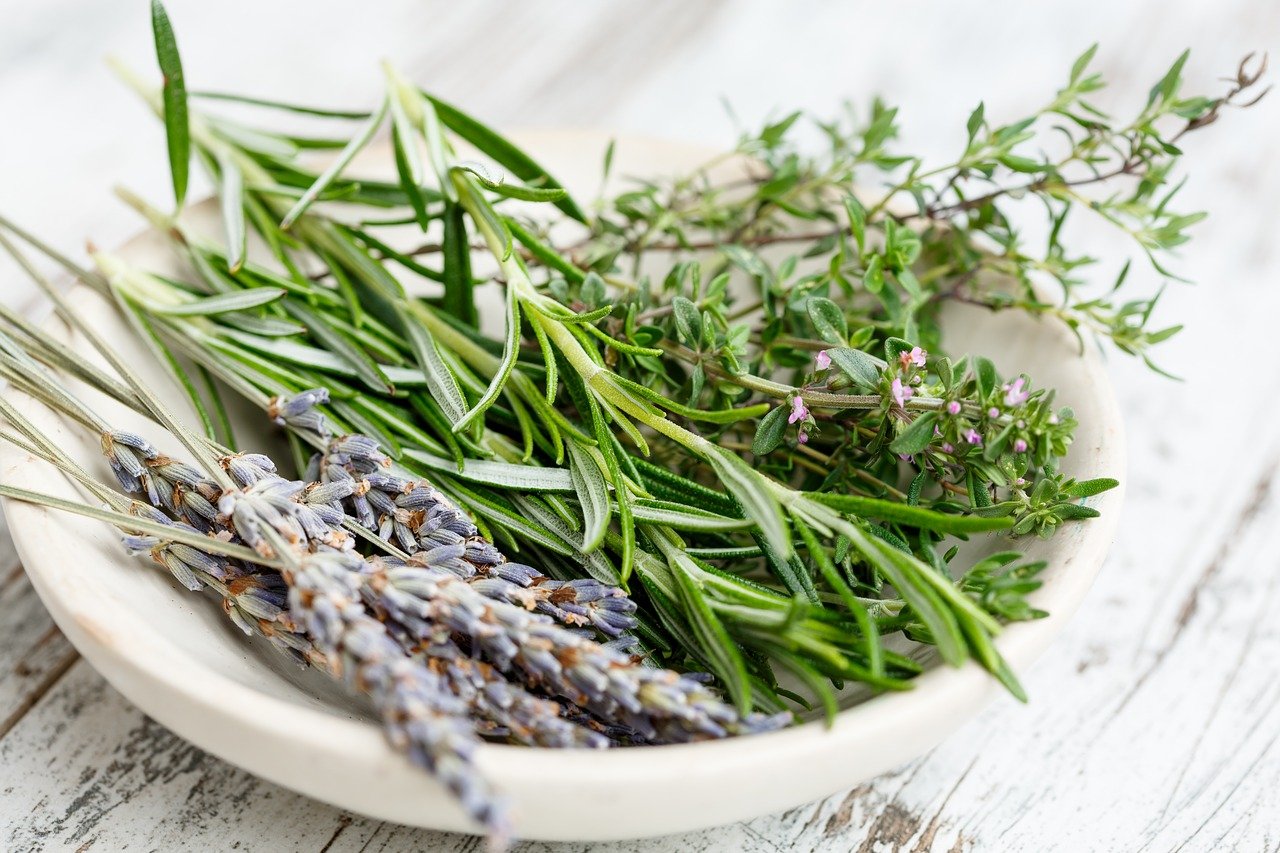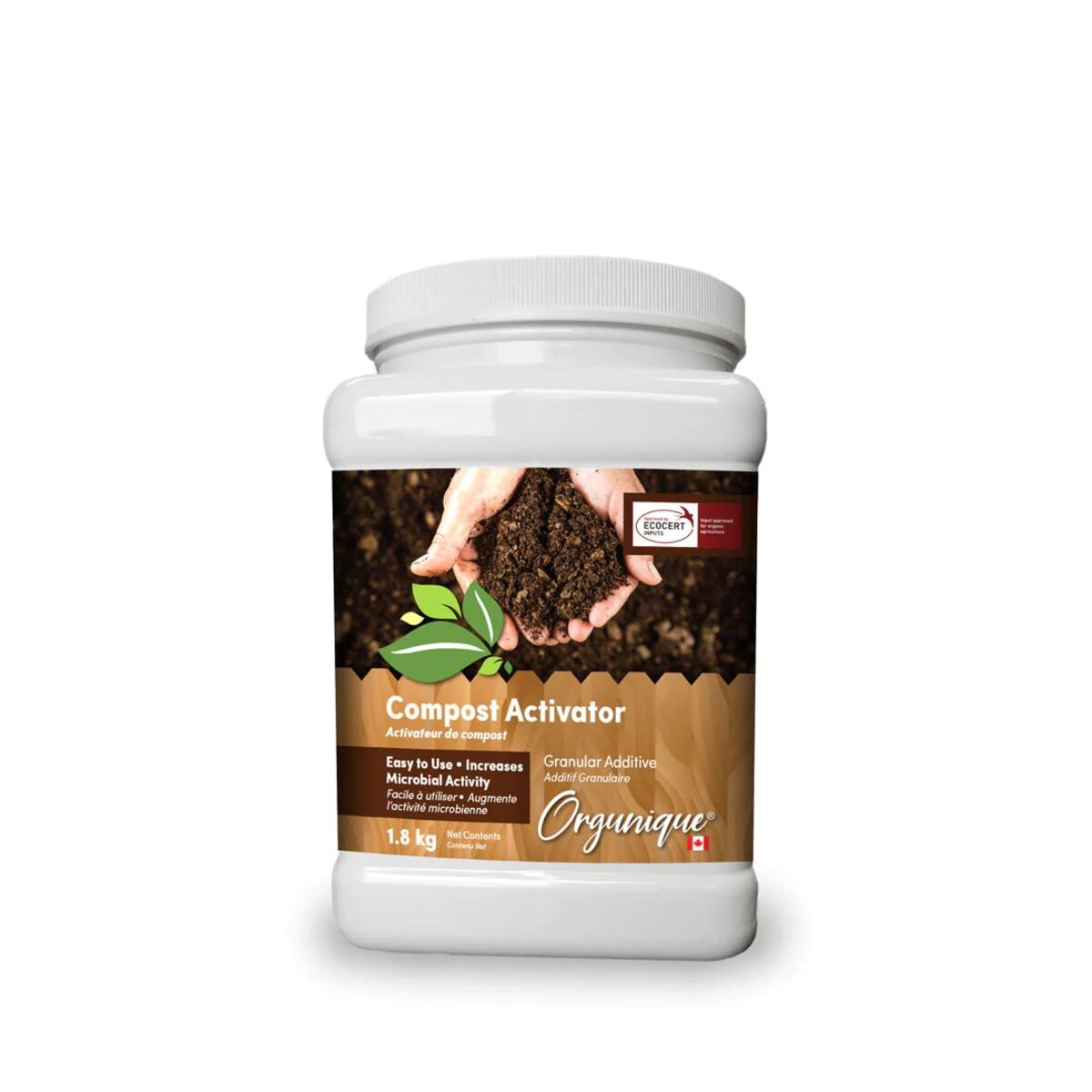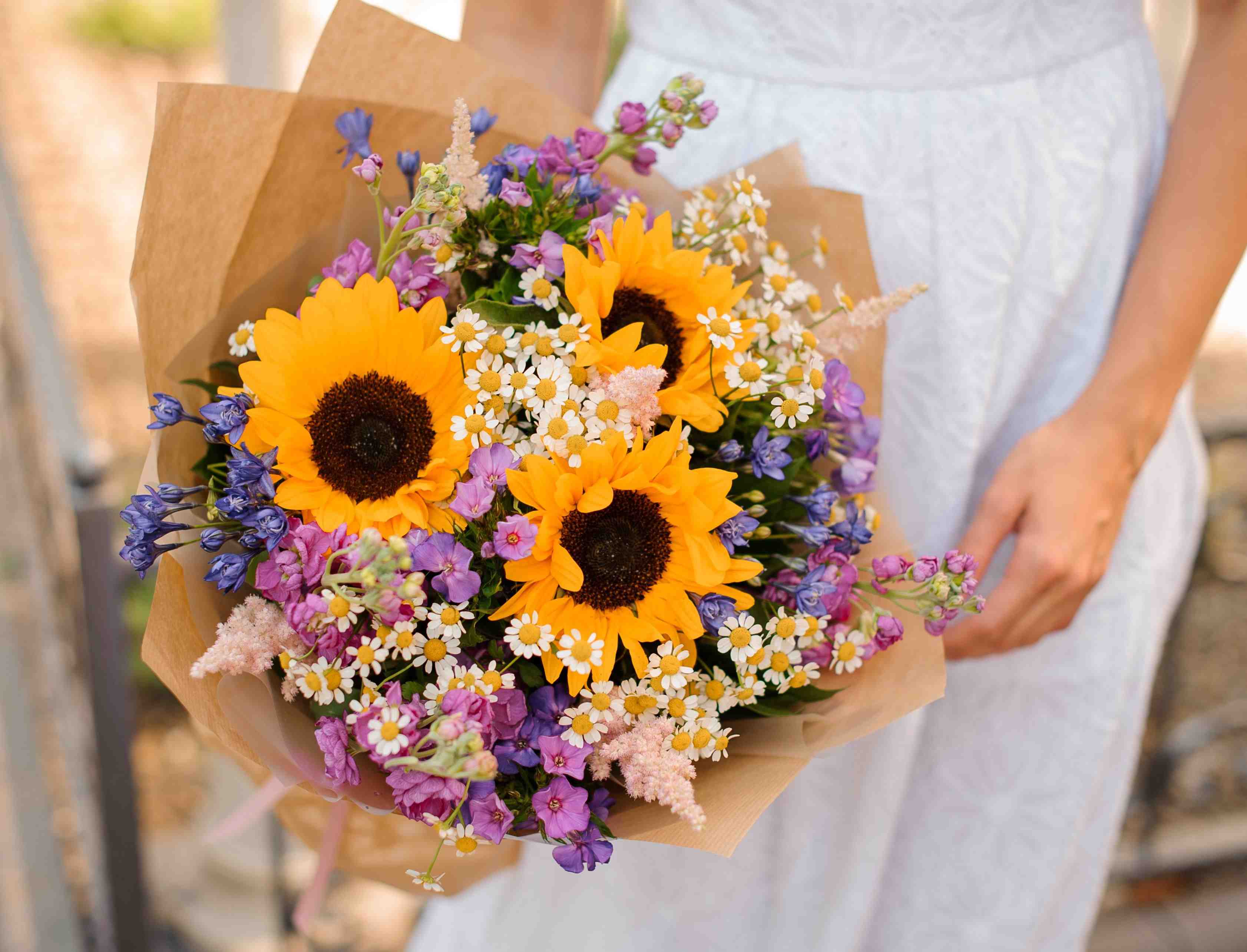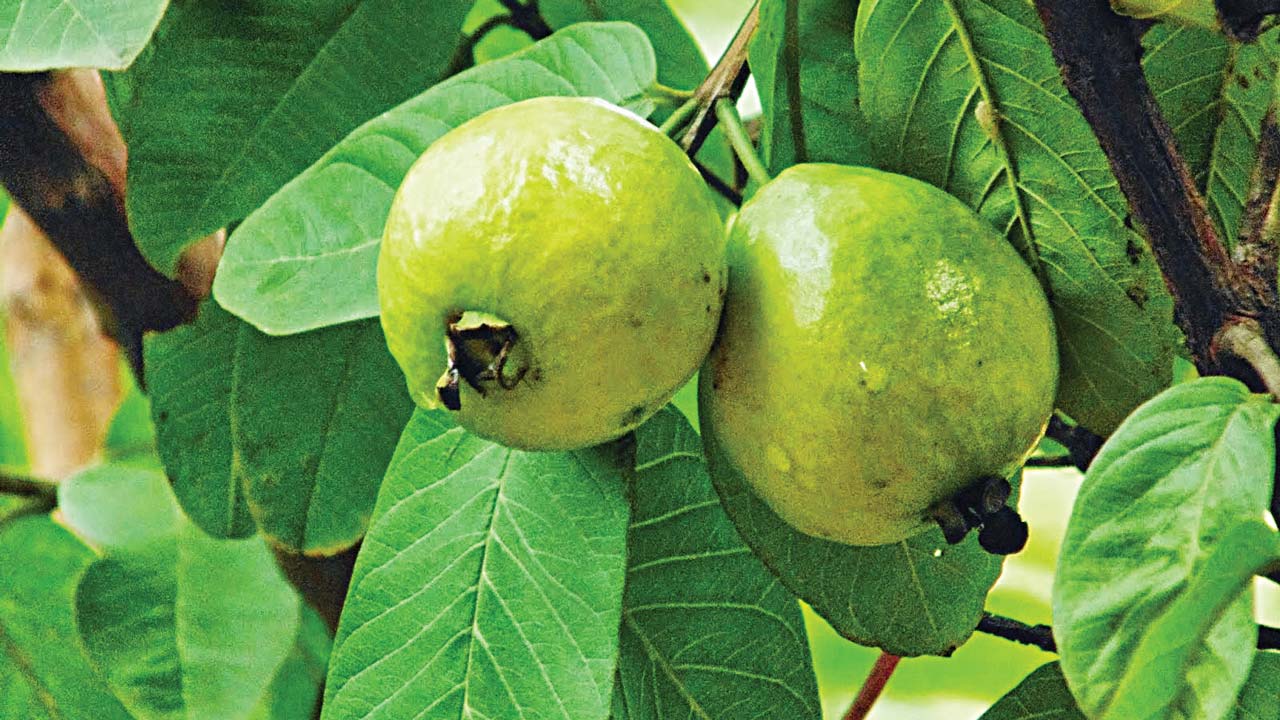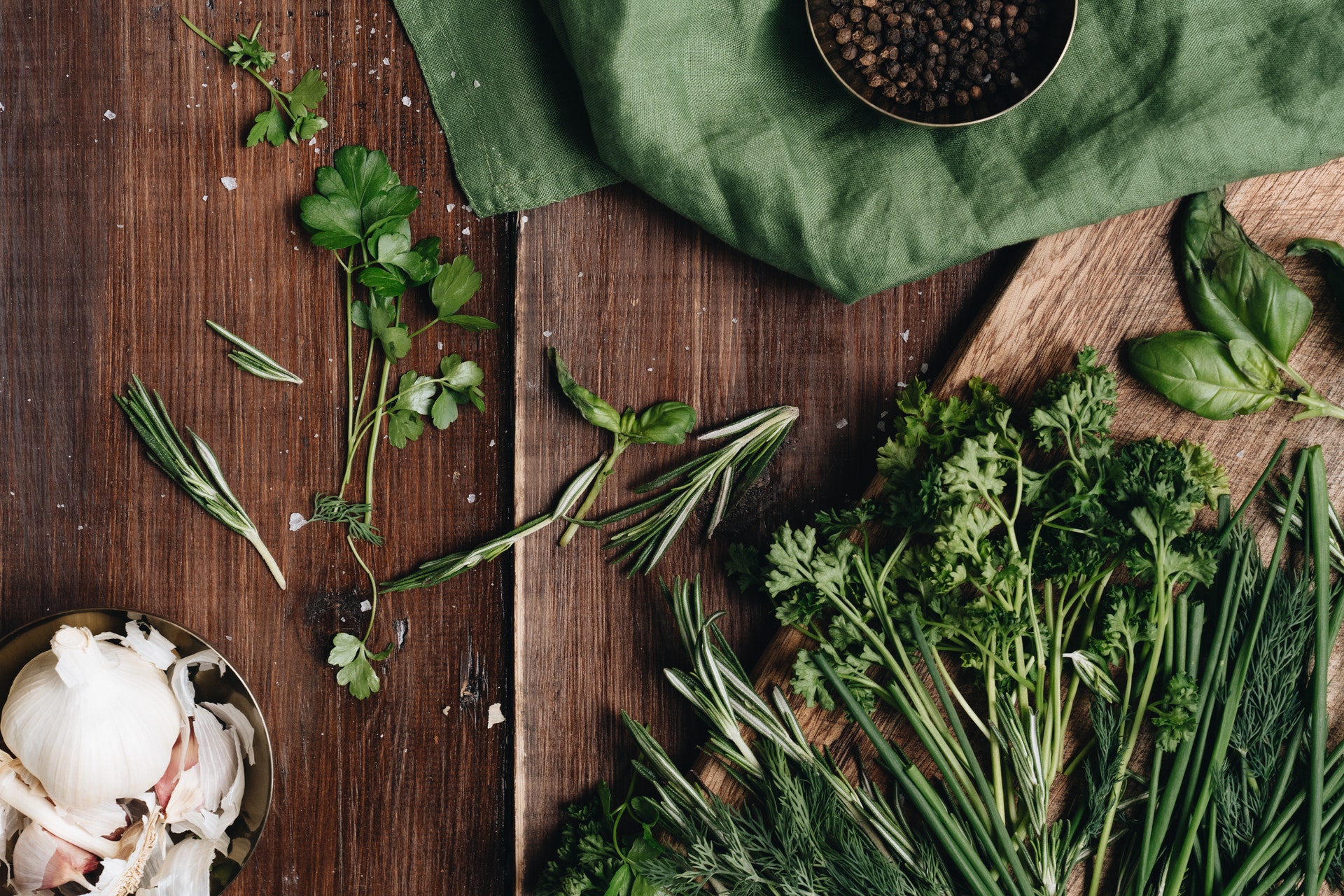Home>Types of Gardening>Ornamental Gardening>What Are Succulents Good For
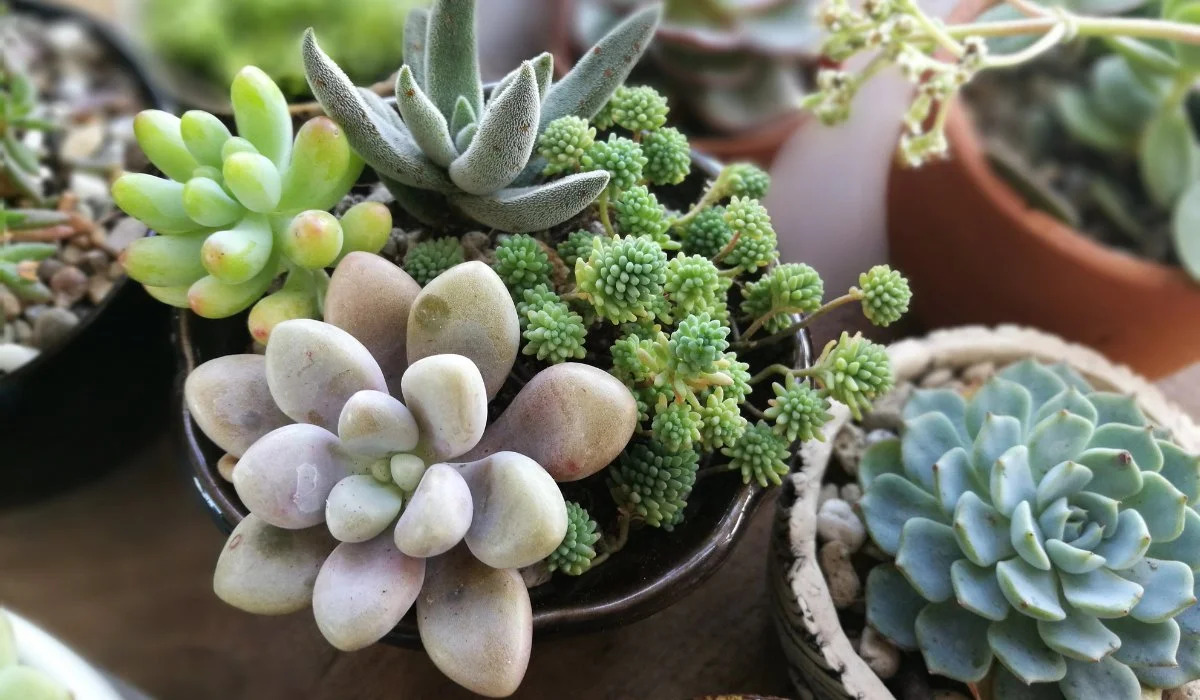

Ornamental Gardening
What Are Succulents Good For
Modified: February 8, 2024
Discover the beauty and versatility of succulents for ornamental gardening. Learn about the benefits they bring to your garden and how to incorporate them in your landscape design.
(Many of the links in this article redirect to a specific reviewed product. Your purchase of these products through affiliate links helps to generate commission for Chicagolandgardening.com, at no extra cost. Learn more)
Table of Contents
Introduction
Welcome to the world of ornamental gardening, where beauty and creativity flourish in the form of stunning plants and intricate landscape designs. Among the many types of plants that can transform your garden into a visual masterpiece, succulents hold a special place. These unique plants, with their thick leaves and fleshy stems, have gained immense popularity in recent years for their versatility and aesthetic appeal.
Succulents are not only visually pleasing, but they also offer a range of benefits that make them a valuable addition to any garden or indoor space. From their ability to thrive in various environments to their low maintenance requirements, succulents have it all. Whether you’re a seasoned gardener or a beginner, incorporating succulents into your green space can bring a whole new level of beauty and enjoyment.
In this article, we will explore the various ways in which succulents can be used to enhance the aesthetics of your home or garden, their environmental benefits, and even some surprising uses beyond their decorative value. So, let’s dive into the world of succulents and discover why they are more than just beautiful plants.
Aesthetics and Decor
One of the primary reasons why succulents are so popular in ornamental gardening is their undeniable beauty. With their unique shapes, textures, and vibrant colors, succulents add a touch of elegance and charm to any space. From small potted arrangements to large outdoor gardens, succulents can be incorporated in a variety of ways to create visually stunning displays.
These versatile plants come in a plethora of shapes, sizes, and varieties, allowing for endless creative possibilities. From spiky aloe vera to rosette-shaped echeveria, each succulent has its own distinctive look, making it easy to mix and match different types for a visually striking arrangement.
Succulents are not only beautiful on their own, but they also pair well with other plants and decorative elements. Combine them with colorful flowering plants to create a vibrant and dynamic garden bed. Use them as focal points in rock gardens to add texture and interest. Or, create eye-catching succulent terrariums and hanging baskets to bring a touch of nature indoors.
Moreover, succulents are perfect for adding a touch of greenery to small spaces or areas with limited natural light. Their ability to thrive in containers and adapt to various indoor conditions makes them ideal choices for apartment balconies, office cubicles, or even DIY vertical gardens.
Whether you prefer a minimalistic and modern aesthetic or a more bohemian and whimsical style, succulents can be curated to suit any design theme. The possibilities are endless when it comes to incorporating succulents into your aesthetic and decor.
Indoor and Outdoor Gardening
One of the great things about succulents is their versatility in both indoor and outdoor gardening settings. While traditionally associated with outdoor gardens, these resilient plants are also well-suited for indoor cultivation, bringing a touch of nature and greenery into your living space.
In outdoor gardening, succulents thrive in sunny and arid regions, making them perfect for xeriscaping and water-wise landscaping. They are drought-tolerant plants that require minimal watering, making them ideal for those who want a low-maintenance garden. Succulents can be planted in the ground, in rock gardens, or in decorative containers, allowing you to create visually captivating landscapes that require less water and upkeep compared to traditional gardens.
When it comes to indoor gardening, succulents are the perfect choice for those who lack access to a garden or have limited outdoor space. Their ability to adapt to a wide range of indoor conditions, including low light and dry air, makes them excellent houseplants. Succulents can thrive in pots, creating beautiful displays on windowsills, shelves, or tabletops. Their unique shapes and colors can provide a refreshing element to any room and are known for their air-purifying properties, improving the overall indoor air quality.
Indoor succulent gardens can also be created in the form of terrariums, which are enclosed glass containers that create a mini ecosystem for the plants. Terrariums not only add a decorative element to your indoor space but also offer a low-maintenance way to enjoy and care for succulents. They require minimal watering and provide a unique and eye-catching focal point in any room.
Whether you have a spacious outdoor garden or a cozy indoor space, succulents have the versatility to thrive and enhance any gardening environment. Their adaptability and low maintenance nature make them a popular choice for both novice and experienced gardeners alike.
Environmental Benefits
Succulents offer a range of environmental benefits, making them an eco-friendly choice for ornamental gardening. These plants have several characteristics that contribute to their positive impact on the environment.
Firstly, succulents are known for their water efficiency. They have adapted to arid regions by storing water in their fleshy leaves and stems, allowing them to survive long periods of drought. This water-storing ability means that succulents require less water than traditional garden plants, making them an excellent choice for water conservation efforts. By incorporating succulents into your garden, you can help reduce water usage and contribute to a more sustainable ecosystem.
Additionally, succulents have the ability to reduce soil erosion. Their shallow root systems spread out near the surface of the soil, forming a dense network of roots that help to stabilize the soil. This prevents erosion caused by wind or heavy rain and helps retain valuable topsoil. By planting succulents, you can effectively combat soil erosion and promote soil health in your garden.
Furthermore, succulents are often referred to as “carbon sequestering” plants. They absorb carbon dioxide from the atmosphere during photosynthesis, converting it into oxygen and storing carbon in their tissues. This process helps to mitigate the effects of climate change by reducing greenhouse gases in the atmosphere. By incorporating succulents into your garden, you can contribute to the overall reduction of carbon emissions and create a healthier environment.
Lastly, succulents can attract beneficial wildlife to your garden. Their bright flowers and nectar-rich blooms attract pollinators such as bees, butterflies, and hummingbirds. These pollinators play a crucial role in plant reproduction and diversity. By creating a garden space that includes succulents, you can provide a habitat for these important creatures and promote biodiversity in your local ecosystem.
With their water efficiency, erosion control capabilities, carbon sequestration, and ability to attract beneficial wildlife, succulents offer several environmental benefits that make them a sustainable and eco-friendly choice for ornamental gardening.
Medicinal Uses
While succulents are primarily known for their beauty and decorative value, many species also possess medicinal properties that have been utilized for centuries. Traditional healers and herbal medicine practitioners have incorporated various succulents into their remedies for their therapeutic benefits.
One of the most well-known medicinal succulents is Aloe vera. The gel-like substance found in the leaves of Aloe vera is widely recognized for its soothing and healing properties. It is commonly used to treat sunburns, minor cuts, and skin irritations. Aloe vera is also believed to have antibacterial and anti-inflammatory properties, making it an ingredient in many skincare and cosmetic products.
Another succulent with medicinal benefits is the Madagascar periwinkle (Catharanthus roseus). This plant is a source of alkaloids that have shown promising anti-cancer properties. The compounds extracted from the Madagascar periwinkle have been used in the development of drugs to treat various types of cancer, including leukemia and Hodgkin’s disease.
Even the common houseleek (Sempervivum tectorum) has been used medicinally throughout history. It is believed to have wound-healing properties and has been used to treat burns, cuts, and ulcers. The gel-like sap from the leaves of houseleek has antibacterial properties and can help prevent infection.
It’s important to note that while succulents may have medicinal properties, it is always recommended to consult with a healthcare professional before using them for any medicinal purposes. Proper dosages and precautions should be observed to ensure safe and effective use.
The medicinal uses of succulents provide yet another intriguing aspect to explore and appreciate in these unique plants. From soothing skin ailments to potentially treating serious diseases, succulents have shown great promise in the field of medicinal and alternative medicine.
DIY Projects and Crafts
Succulents have become popular not just for their beauty and practicality but also for their versatility in DIY projects and crafts. These low-maintenance plants can be used to create a wide range of unique and creative pieces that add a personal touch to your home or make thoughtful gifts for loved ones.
One of the most common DIY projects involving succulents is creating succulent arrangements and terrariums. With a variety of containers, such as mason jars, vintage teacups, or wooden crates, you can create stunning displays by combining different types of succulents and decorative elements like stones, moss, or miniature figurines. These mini gardens make charming centerpieces or accents for any space.
Succulents can also be incorporated into vertical gardens or living walls, where plants are arranged vertically on a structure. These living walls not only make a striking visual statement but also maximize space, making them ideal for small gardens or balconies. By using succulents with various colors and textures, you can create a visually engaging living wall that adds life and beauty to any outdoor or indoor space.
For those with a flair for creativity, succulents can be used to make unique jewelry, such as living necklaces or succulent brooches. By carefully selecting small succulent cuttings and attaching them to jewelry components, you can create wearable pieces that are sure to spark conversations and turn heads.
Another popular craft involving succulents is creating pressed-leaf artwork. By pressing succulent leaves between heavy books or using a plant press, you can preserve their intricate details and vibrant colors. These pressed leaves can then be framed and used to create stunning botanical artwork, adding a touch of nature to your home decor.
Whether you’re looking to add greenery to your living space, create unique gifts, or explore your creativity, succulents offer endless possibilities for DIY projects and crafts. The only limit is your imagination.
Easy Maintenance
One of the standout features of succulents is their low maintenance requirements, making them an ideal choice for busy individuals or those new to gardening. These resilient plants have a natural ability to survive in harsh conditions, making them well-suited for those who may not have a green thumb or the time to dedicate to high-maintenance plants.
One of the main reasons succulents are low maintenance is their water efficiency. Succulents have adapted to arid environments by storing water in their leaves, stems, or roots. This unique characteristic allows them to withstand long periods of drought and thrive in dry conditions. Unlike many other plants that require frequent watering, succulents only need to be watered sparingly, allowing the soil to dry out fully between waterings. This feature not only saves time and effort but also reduces the risk of overwatering, which can be detrimental to the health of the plant.
Succulents are also adaptable to different light conditions. While they generally prefer bright sunlight, they can tolerate a wide range of light levels, including partial shade. This flexibility means that they can be placed in various areas of your home or garden, even if they don’t receive direct sunlight throughout the day. As long as they receive adequate light, succulents can thrive without excessive care or attention.
Furthermore, succulents have relatively low fertilizer requirements. Their unique ability to store nutrients allows them to survive in nutrient-poor soils. While it’s beneficial to occasionally provide them with a balanced fertilizer during the growing season, excessive fertilization is not necessary. This not only simplifies maintenance but also reduces the risk of overfeeding the plants, which can lead to undesirable growth or even damage.
Another advantage of succulents is their ability to propagate easily. Many succulent species can be propagated from offshoots, leaf cuttings, or stem cuttings. This means that you can create new plants by simply removing a part of the existing plant and allowing it to root and grow. This propagation method allows you to expand your succulent collection without the need to purchase new plants, further reducing maintenance efforts and costs.
In summary, the low maintenance requirements of succulents make them a perfect choice for those with busy lifestyles or limited gardening experience. Their water efficiency, adaptability to different light conditions, low fertilizer needs, and ease of propagation contribute to their reputation as “set it and forget it” plants. Whether you have a busy schedule or are new to gardening, succulents are a hassle-free and rewarding addition to your plant collection.
Education and Learning Opportunities
Succulents offer not only aesthetic beauty and low maintenance but also educational and learning opportunities for both adults and children. Engaging with these fascinating plants can foster curiosity, inspire creativity, and provide hands-on learning experiences.
For children, succulents can be a gateway to exploring the wonders of the natural world. By involving them in caring for succulents, children can learn about plant life cycles, the importance of water conservation, and the basic principles of botany. They can observe the growth and development of succulents up close, sparking an interest in plant biology and environmental science.
Additionally, succulents can be used as teaching tools in the classroom. Teachers can introduce succulents as part of lessons on plant adaptations, desert ecosystems, or even art projects. The tactile experience of planting and caring for succulents can help students develop a sense of responsibility and empathy towards living organisms, while also enhancing their understanding of nature and sustainability.
For adults, succulents can be a source of lifelong learning. With an ever-expanding variety of succulent species and hybrids available, enthusiasts can delve into the intriguing world of succulent taxonomy and horticulture. Through research and hands-on experience, individuals can learn about the specific care requirements, propagation techniques, and unique characteristics of different succulent varieties.
Beyond the practical aspects, succulents can also be a source of artistic inspiration. The striking shapes, colors, and textures of succulents have inspired countless artists, photographers, and designers. Exploring the artistic side of succulents can foster creativity and provide avenues for self-expression through various mediums such as painting, photography, or even floral arrangements.
Furthermore, succulents have gained popularity as subjects for botanical illustrations and scientific research. By studying succulents in depth, researchers can enhance our understanding of plant adaptations, physiology, and genetics. This valuable knowledge contributes to broader scientific advancements and conservation efforts.
Whether you’re a child in search of hands-on learning experiences, an adult seeking new horticultural knowledge, or an artist looking for creative inspiration, succulents offer endless opportunities for education and personal growth. Engaging with these captivating plants can stimulate curiosity, provide valuable learning experiences, and open doors to various fields of interest.
Gift Ideas
Succulents make excellent gifts for any occasion, offering a unique and thoughtful alternative to traditional presents. Whether you’re looking for a birthday gift, housewarming present, or a token of appreciation, succulents are sure to bring joy and a touch of greenery into the lives of your loved ones.
One of the most popular options is gifting a potted succulent arrangement or terrarium. These beautiful displays can be customized with different succulent varieties, decorative elements, and containers to suit the recipient’s taste and style. Potted succulents are not only aesthetically pleasing but also have the added benefit of being low maintenance, making them an ideal choice for those without a green thumb.
For those who enjoy hands-on activities, consider gifting a succulent DIY kit. These kits come with all the materials needed to create a personalized succulent arrangement or terrarium, including containers, soil, succulent cuttings, and decorative elements. DIY kits provide a fun and engaging experience that allows the recipient to get creative and customize their own succulent masterpiece.
In addition to potted succulents, there are various succulent-themed gifts available. Succulent-themed merchandise such as mugs, tote bags, and stationery featuring succulent designs are perfect for succulent enthusiasts or anyone who appreciates botanical motifs. These gifts allow the recipient to showcase their love for succulents in their daily lives.
Another unique gift idea is succulent seed packets or seedling kits. This gift allows the recipient to grow their own succulents from seeds or young plants, providing a rewarding and educational experience. They can enjoy the process of nurturing and watching their succulents grow, creating a lasting memory.
Lastly, succulent subscriptions or gift boxes are becoming increasingly popular. These subscriptions provide regular deliveries of carefully curated succulent plants or succulent-related items, allowing the recipient to grow their collection or explore new succulent varieties over time. It’s a gift that keeps on giving and reminds the recipient of your thoughtfulness throughout the year.
When it comes to gift-giving, succulents offer a wide range of options to suit different preferences and occasions. Whether it’s a beautiful potted arrangement, a DIY kit, succulent-themed merchandise, or a subscription, gifting succulents is a unique and meaningful way to bring the beauty of nature into the lives of your loved ones.
Conclusion
In conclusion, succulents are more than just beautiful plants. They offer a range of benefits and opportunities that make them a valuable addition to any ornamental garden or indoor space. From enhancing the aesthetics of your home to providing environmental benefits, succulents have proven to be versatile and resilient plants.
With their unique shapes, vibrant colors, and interesting textures, succulents have the power to transform any space into a visual masterpiece. They can be incorporated into various design themes and decorative elements, making them a versatile choice for home decor and gardening projects.
Moreover, succulents contribute to a more sustainable environment. Their water efficiency, ability to prevent soil erosion, carbon sequestration capabilities, and role in attracting beneficial wildlife all make them eco-friendly options for ornamental gardening.
Succulents also offer medicinal uses, with species like Aloe vera and Madagascar periwinkle holding therapeutic properties that have been used for centuries. These plants have found their way into traditional healing practices as well as modern medicine, showcasing their potential in the field of healthcare.
Furthermore, succulents provide opportunities for creativity and learning. From DIY projects and crafts to educational experiences for both children and adults, succulents inspire curiosity, foster artistic expression, and broaden our knowledge of the natural world.
Last but not least, succulents make great gifts for any occasion. Whether it’s a potted arrangement, a DIY kit, succulent-themed merchandise, or subscriptions, these plants offer a unique and thoughtful way to bring joy and greenery into the lives of others.
Overall, succulents offer beauty, practicality, and a myriad of benefits that go beyond their decorative value. Whether you’re an experienced gardener or just beginning to explore the world of plants, succulents are sure to captivate and inspire as you incorporate them into your ornamental garden or indoor space.


